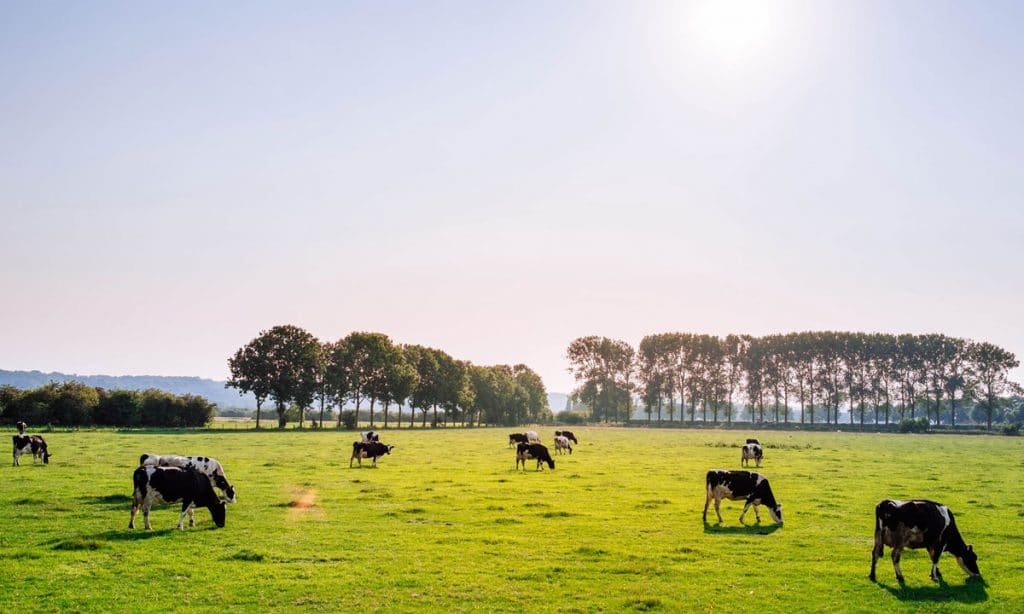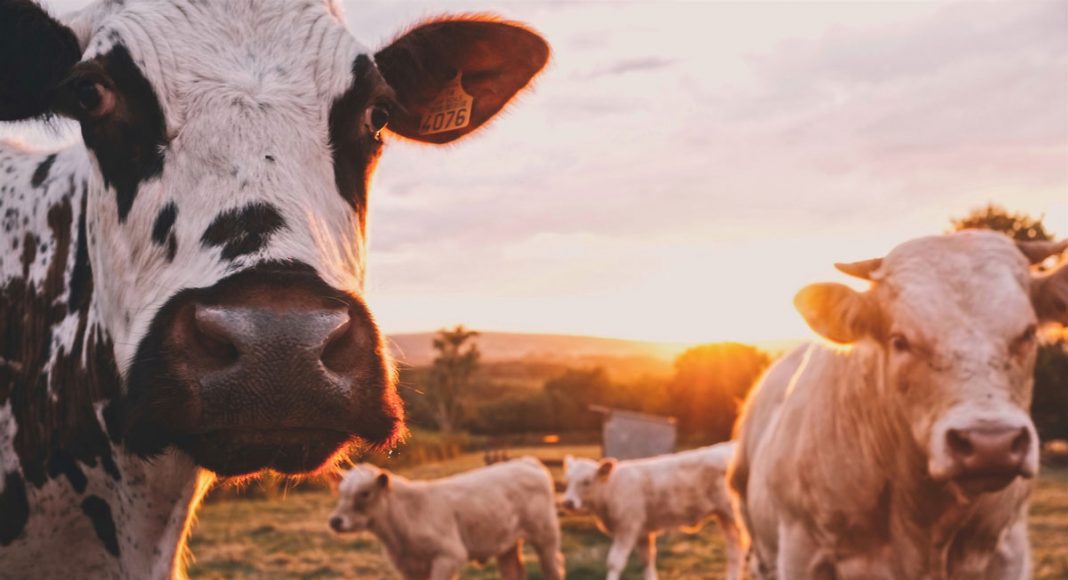Little is known about how eating byproduct cannabis material will affect cattle, but the feds are paying to find out.
Kansas State researchers will receive federal funding to study what effect adding industrial hemp to livestock feed will have on cows. The study will focus on whether or not cannabinoids are stored in the meat and milk of the cow, and if so, could it be transmitted to humans.
The U.S. Department of Agriculture’s National Institute of Food and Agriculture gave the K-State team $200,000 in funding as part of the institute’s Agriculture and Food Research Initiative Competitive Grant. Kansas farmers can currently cultivate non-psychoactive hemp, thanks to the 2018 Farm Bill, but can’t feed cattle any residual hemp product.
RELATED: Beer Distributor Adds Hemp Beverage To Lineup
“Although hemp can be legally cultivated under license in Kansas, feeding hemp products to livestock remains prohibited because the potential for cannabinoid drug residues to accumulate in meat and milk has not been studied,” K-State’s Hans Coetzee, who is head of the anatomy and physiology department in the College of Veterinary Medicine, said in a statement.

Using cannabis as animal feed isn’t a new concept. Following the first wave of statewide legalization back in 2012, a Washington state butcher received publicity for adding leftover marijuana stems, leaves, and root bulbs to pigs. The meat didn’t get customers high, but the butcher reported the taste was “more savory.”
Hemp-fed pork actually became a culinary trend in the Pacific Northwest, believe it or not. Different publications from VICE to Eater have explored what hemp-fed pork tastes like as well, and often report that the animal tastes healthier and meatier.
To that point, the K-State team said most research on the effect of cannabinoids focused on humans, mice, and cattle. Little is known about how cows could respond to cannabis consumption, although their digestive systems would promote the change in diet.
RELATED:New Studies Show Marijuana Effective At Treating COVID-19 Symptoms
“While varieties of hemp may be planted for a single or dual purpose, such as for seed and fiber, byproducts consisting of leaves, fodder and residual plant fibers remain after harvest,” added Michael Kleinhenz, assistant professor of beef production medicine. “These byproducts could serve as potential feedstuffs for animals. Because these are predominantly cellulose-containing plant materials, the ideal species for utilizing these feeds are ruminant animals, specifically cattle.”


